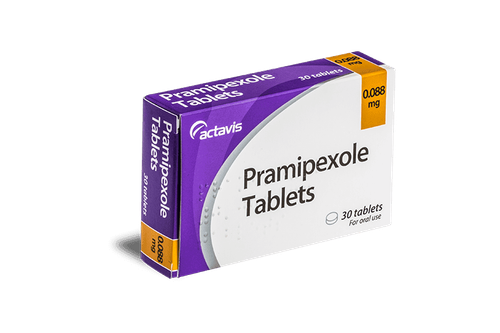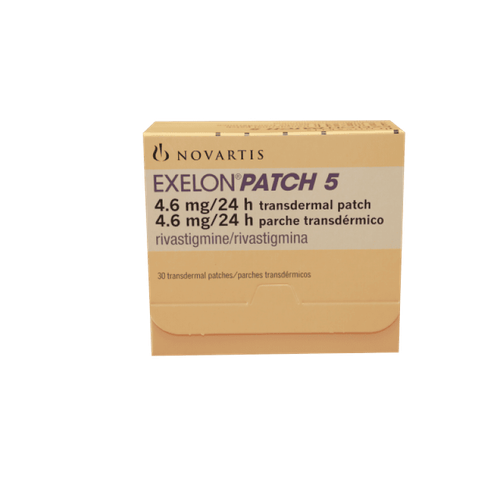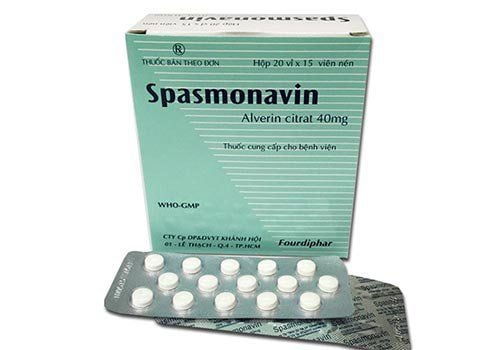This is an automatically translated article.
Comtan has the active ingredient Entacapone, which is used with Carbidopa and Levodopa to treat the symptoms of Parkinson's disease. The article will provide information about the uses, doses and notes when using Comtan.
1. What are the effects of Comtan?
Comtan has the main ingredient Entacapone, which belongs to the COMT inhibitor class. Entacapone reduces the conversion of Levodopa to 3-O-methyldopa by inhibiting the COMT enzyme. This leads to increased levels of Levodopa. Increased amount of Levodopa in the brain will prolong the effect of Levodopa. Comtan is used with Carbidopa and Levodopa to treat symptoms of Parkinson's disease, such as stiffness, tremors, muscle spasms, and poor muscle control. Comtan can be used when the patient has motor fluctuations such as wearing off.2. Contraindications of Comtan
Comtan is contraindicated in the following patients:
Hypersensitivity to Entacapone or to any ingredient in the formulation Patients with hepatic impairment. Concomitant use of Comtan with non-selective monoamine oxidase inhibitors eg Phenelzine, Tranylcypromine). History of neuroleptic malignant syndrome and/or noncancerous rhabdomyolysis Angle-closure glaucoma, pheochromocytoma
3. Dosage and usage of Comtan
How to use:
Comtan should be taken whole, with or without food. Dosage:
Adult patients should take 1 tablet of 200 mg each time with a dopa decarboxylase inhibitor and levodopa. The recommended dose is 200 mg, up to 8 times per day (maximum daily dose 1600mg per day). Entacapone may enhance the effects of levodopa. Therefore, in order to reduce Levodopa-related adverse reactions such as dyskinesia, nausea, vomiting, and hallucinations, it is usually necessary to adjust the dose of Levodopa during the first days to the first week after initiation of therapy with Levodopa. Comtan. The dose of Levodopa should be reduced by approximately 10-30% by prolonging the dosing interval or by reducing the amount of Levodopa per dose, depending on the clinical condition of the patient. If Comtan treatment is discontinued, dosage adjustment of other anti-Parkinsonian drugs, particularly levodopa, may be necessary to achieve adequate control of the disease.
4. Comtan side effects
Patients using Comtan may experience the following side effects:
Common:
Insomnia, hallucinations, confusion, dizziness, dystonia, increased movement. Cardiac arrhythmias, dyskinesias, worsening of Parkinson's disease symptoms Ischemic cardiovascular events other than myocardial infarction (eg, angina). Nausea, abdominal pain, dry mouth, constipation, diarrhea Urine discoloration. Sweat a lot, Tired, easy to fall. Uncommon
Myocardial infarction Infection Back pain, weakness Shortness of breath Rare
Agitation, anorexia, colitis, liver dysfunction, cholestatic hepatitis, urticaria, erythema, weight loss.
5. What are the precautions when using Comtan?
Cases of unusual thought and behavior changes including aggressive behavior, agitation, confusion, delirium, delusions, disorientation, paranoia and disorder-like behavior have been reported. mental.
Diarrhea: usually onset after 4 to 12 weeks. Contam should be used with caution in patients with lower gastrointestinal disease or an increased risk of dehydration. Diarrhea can be a sign of drug-induced colitis. Discontinue use if diarrhea persists.
New-onset or worsening dyskinesia may occur when Comtan is used with Levodopa. Reducing the dose of Levodopa may improve these side effects in some cases.
Impulsivity Control Disorder: Impulse-control disorders, manifesting as pathological gambling, increased sexual desire (hysteria), uncontrolled spending of money, and other intense urges have been reported. report. Reducing the dose or stopping treatment may reverse these behaviors in some cases.
Neuroleptic Malignant Syndrome: Entacapone has been associated with a neuroleptic malignant syndrome-like syndrome (hyperoxia and confusion - some fatal) upon abrupt discontinuation or dose reduction. Concomitant use of Entacapone and non-selective MAO inhibitors should be avoided.
Orthostatic hypotension : Comtan may cause orthostatic hypotension and syncope.
Rhabdomyolysis: Severe rhabdomyolysis has been reported with the use of Comtan
Drowsiness: Monitor for daytime somnolence or pre-existing sleep disturbances. Caution should be exercised in the presence of sleep disturbances or in combination with CNS depressants, tranquilizers, psychostimulants or ethanol. Patients must be warned about performing tasks that require mental alertness
Cardiovascular disease: Use with caution in patients with cardiovascular disease, including a history of myocardial infarction and cardiac arrest. heart rate because these events have been observed in clinical trials.
Hepatic impairment: Use caution when administering Comtan to patients with hepatic impairment or biliary obstruction.
Patients should not stop taking Comtan suddenly.
Comtan may cause urine to be dark (orange brown) during treatment
Overdose: Acute symptoms in cases of Comtan overdose include confusion, drowsiness, decreased activity, hypotonia, skin discoloration and urticaria. Treatment is supportive and symptomatic treatment.
Pregnant women: The incidence of Parkinson's disease in pregnancy is relatively rare and information regarding the use of Entacapone in pregnant women is very limited.
Lactating women: It is not known whether Entacapone passes into breast milk. The manufacturer recommends caution when administering Comtan to a nursing woman.
6. Comtan drug interactions
Drug interactions can affect the effectiveness of treatment or increase the toxicity of the drug. The following are some interactions to watch out for when using Comtan:
Comtan can be used with Selegiline, but the daily dose of Selegiline should not exceed 10 mg. Comtan may form chelate complexes with iron in the gastrointestinal tract. Therefore, Comtan and iron preparations should be taken at least 2-3 hours apart. Because of its affinity for cytochrome P450 2C9, Comtan may interfere with medicinal products whose metabolism is dependent on this isoenzyme, such as S-Warfarin. It is recommended that the INR be checked at the start of Comtan treatment in patients receiving Warfarin. Alcohol can increase Comtan's nervous system side effects such as dizziness, drowsiness, and difficulty concentrating. Above is an overview of the drug Comtan. Patients should not use it on their own, but should contact a doctor or pharmacist for advice.













